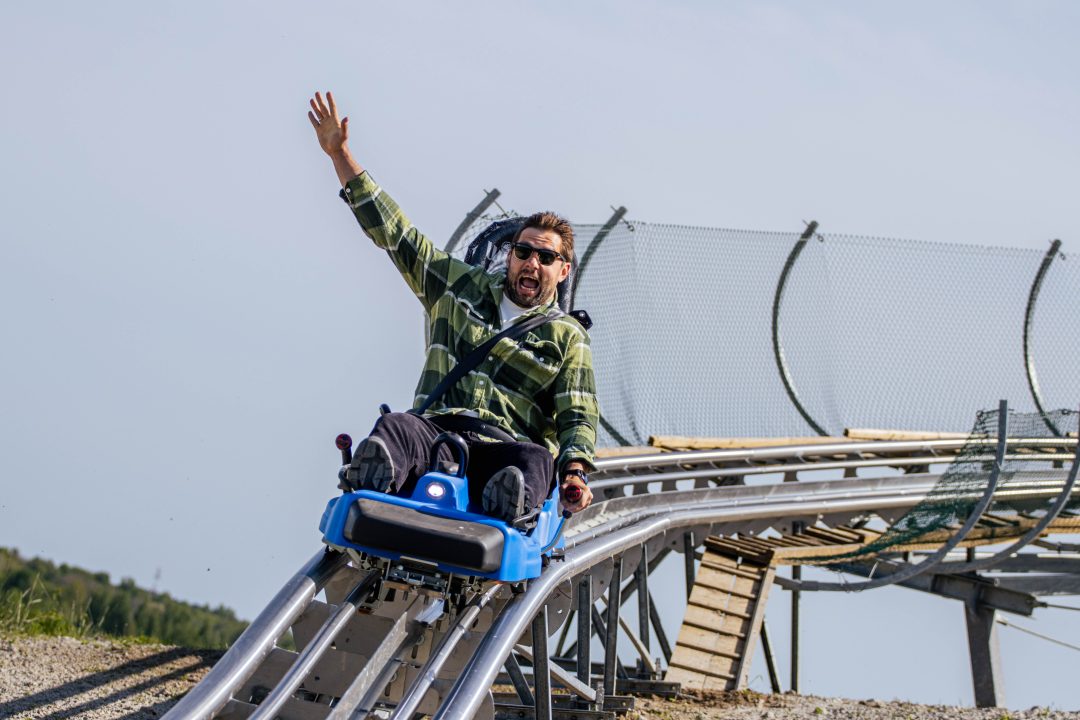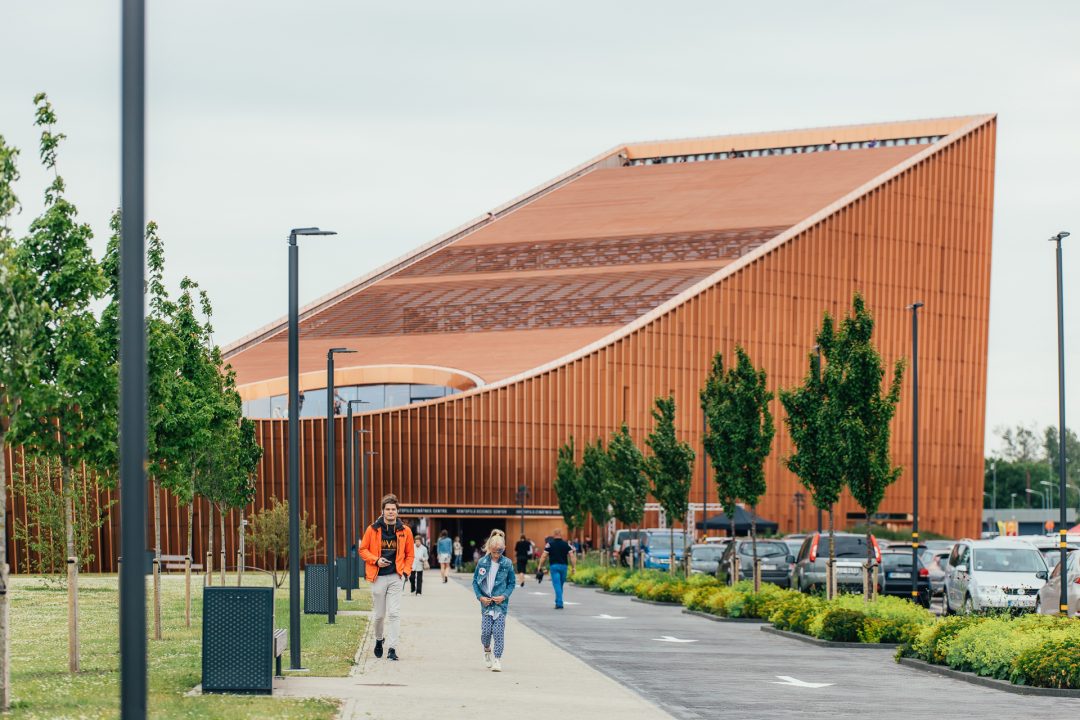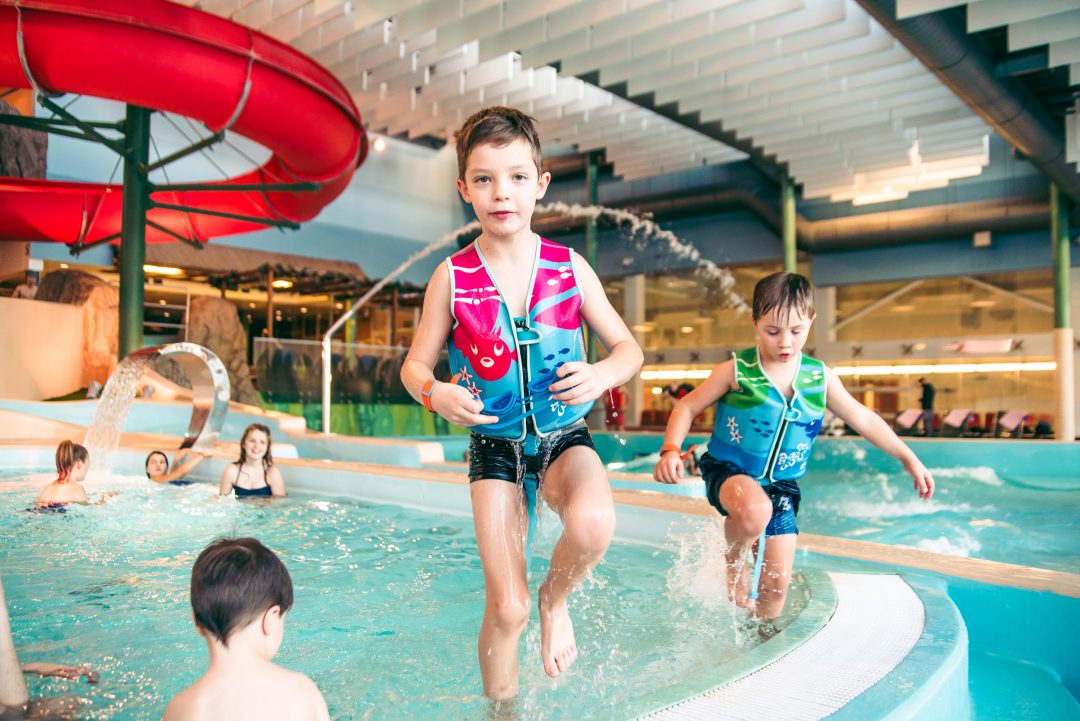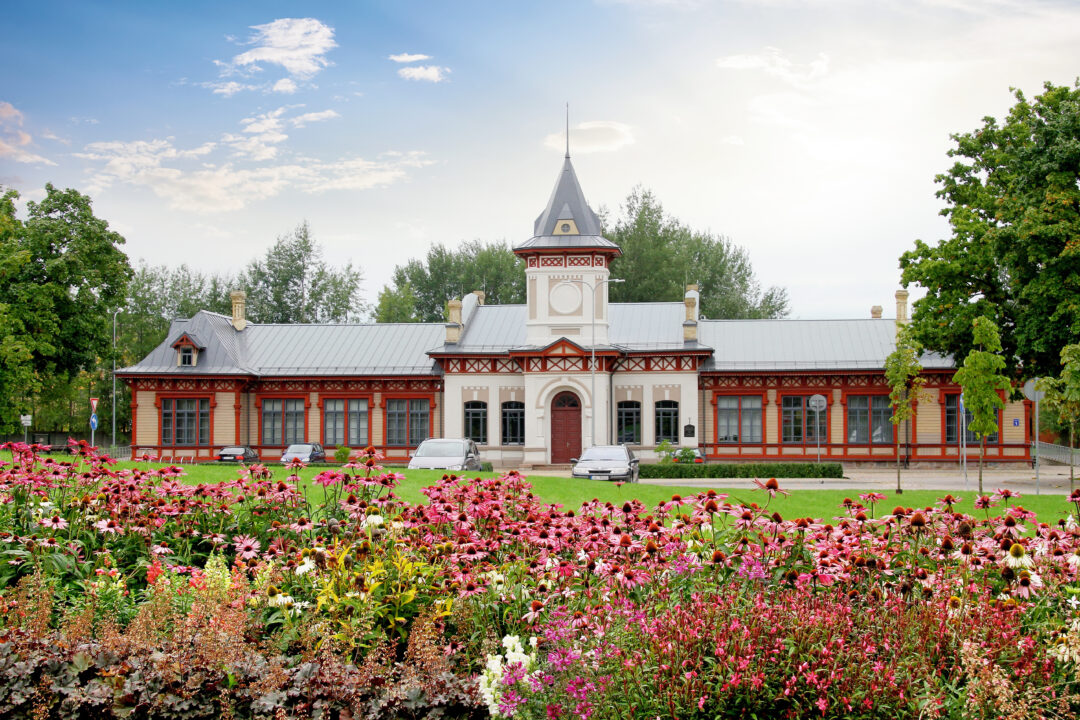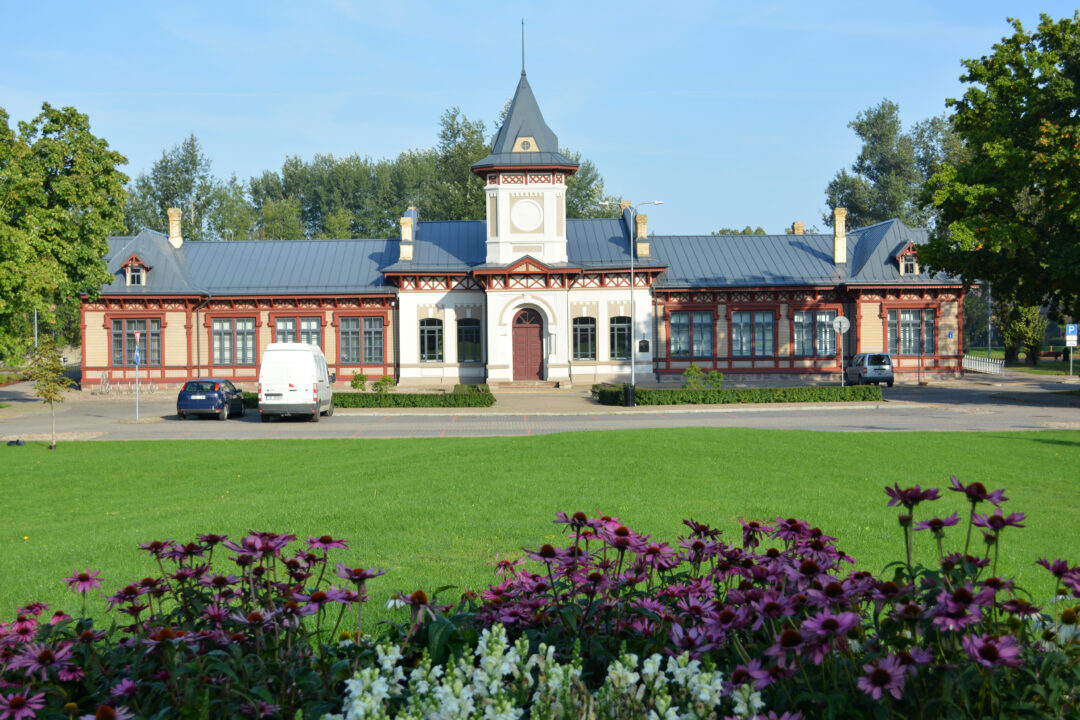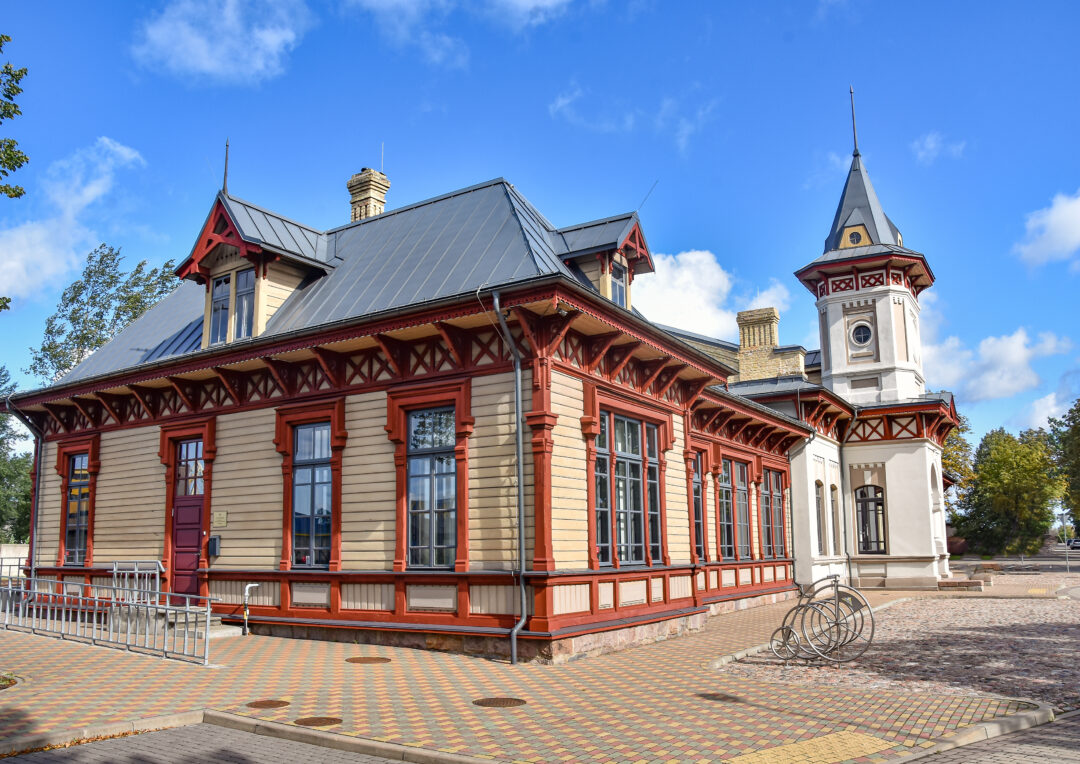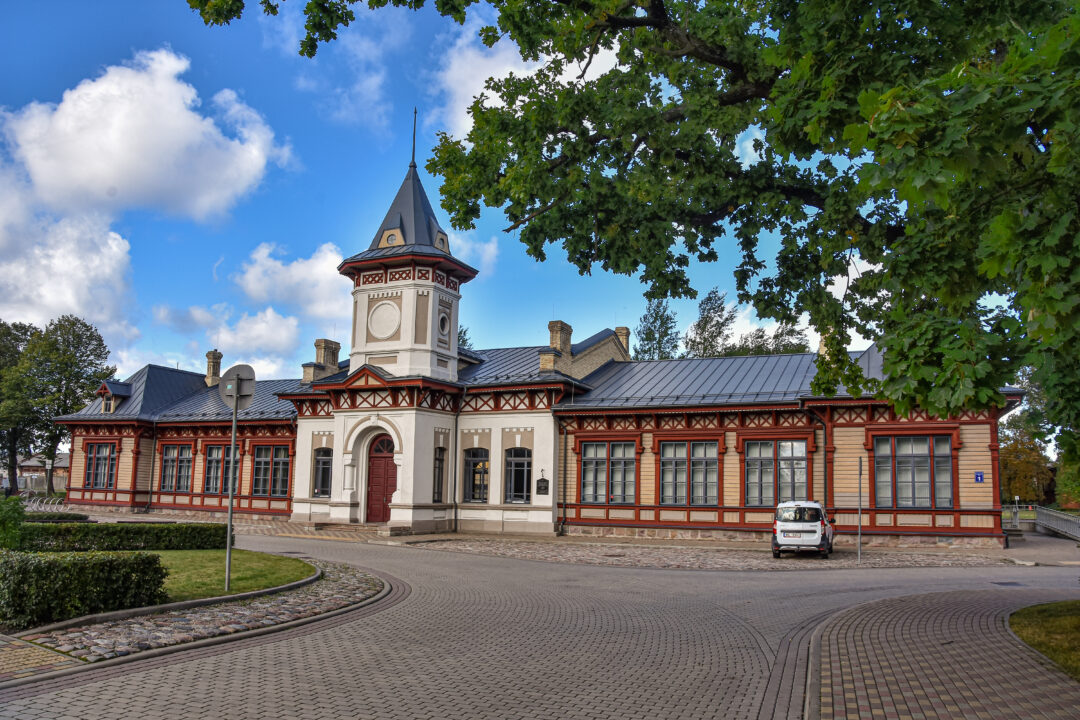The station was built as a terminal for the Moscow-Ventspils highway trains. It was planned to set up a terminal station closer to the city centre of Ventspils, near the Large Square, when it was designed. These plans, as well as the construction of the railway bridge, were interrupted by World War I.
However, during the years of war the Ventspils railway hub was also developed by building a narrow-gauge railway line from the port to Mazirbe. In the 1920s, the narrow-gauge railway infrastructure was transferred to the Ventspils wide-gauge railway station district. The steam locomotive depot was used for the maintenance of both wide-gauge and narrow-gauge locomotives.
Both the station’s water tower and other buildings built for railway purposes at the beginning of the 20th century continued to function in the period during the war. Another 600 mm narrow-gauge railway, the connecting line to Dundaga, was constructed from Ventspils Station in 1932-1934.
At the end of World War II, the so-called Kurzeme Fortress (siege) area, Liepaja-Alsunga narrow-gauge railway section was rebuilt into a normal gauge railway and extended to Ventspils, thereby providing Ventspils Station with the function of a major railway hub.
After that, in the early 1960s, Ventspils Port was developed and adapted to the transhipment of petroleum products, the narrow-gauge railway infrastructure at Ventspils Station was liquidated, while the wide-gauge railways experienced development until the beginning of the 21st century.
Passenger trains have not run to Ventspils since 2010. Ventspils is one of the dead-end stations, because the former line to Liepāja was closed in 1996.
2013. gadā Ventspils dzelzceļa stacijas pasažieru ēka tika restaurēta, tagad kalpojot galvenokārt administratīvajām vajadzībām.Kopš 2013. gada 5. marta Ventspils stacijas pasažieru ēka un ūdenstornis ir valsts nozīmes arhitektūras pieminekļi
